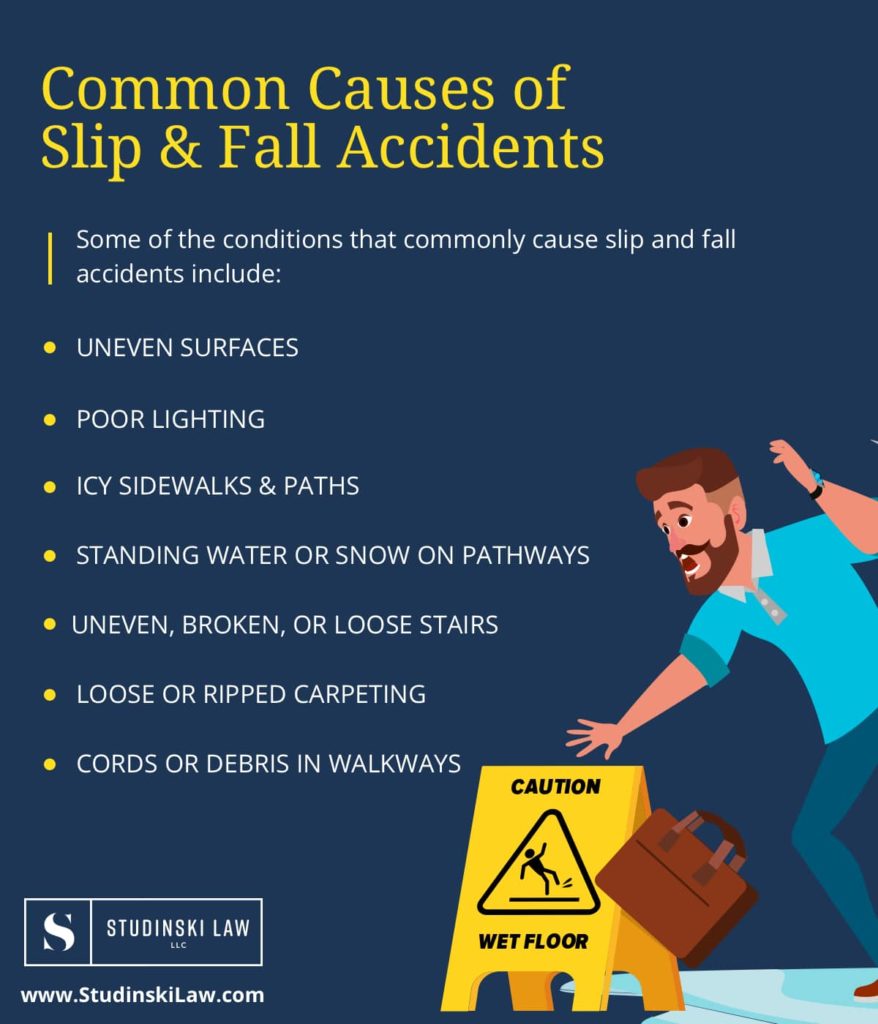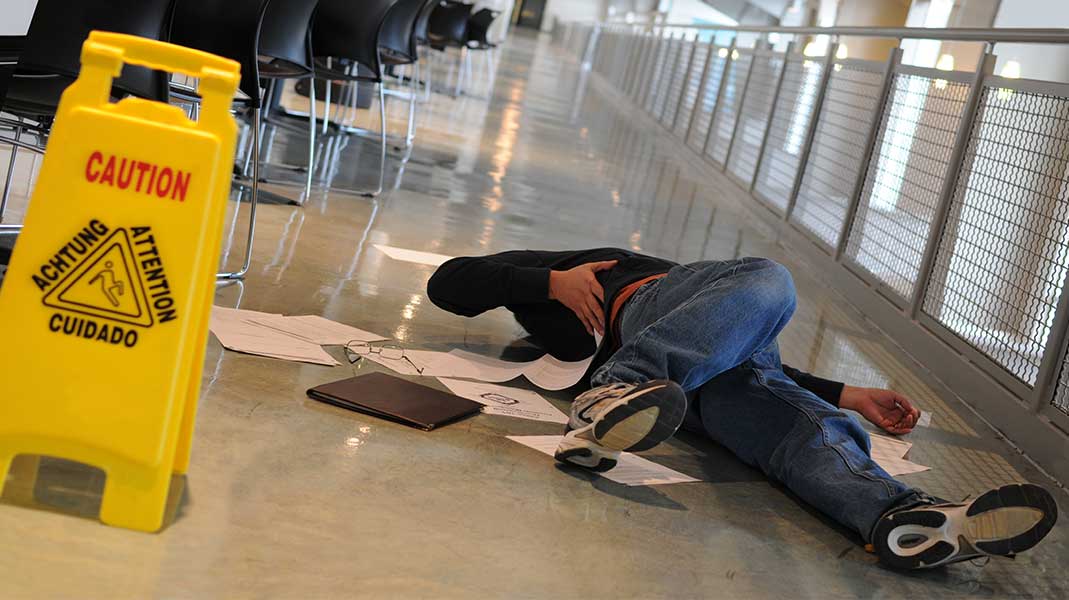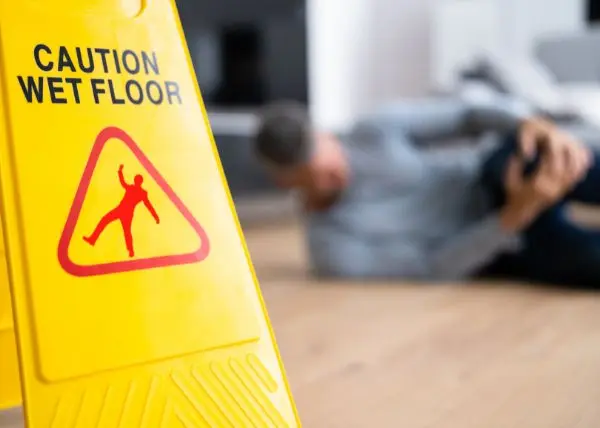Introduction
Car accidents are often unpredictable and can happen in the blink of an eye. Not wearing a seatbelt while driving or riding in a vehicle is a major risk factor for serious injury or death in the event of a crash. According to the National Highway Traffic Safety Administration (NHTSA), in 2020, over 47,000 people were killed in motor vehicle crashes. Of those fatalities, nearly half (47%) were unrestrained, meaning they were not wearing a seatbelt.
Not Wearing a Seatbelt: A Major Risk
Not wearing a seatbelt is one of the most dangerous things you can do when traveling in a motor vehicle. In a crash, even a minor one, you are much more likely to be ejected from the vehicle, which significantly increases your risk of serious injury or death. Being ejected from a vehicle during a crash is like being thrown from a horse at full speed. The impact can be devastating, causing severe head injuries, spinal cord injuries, and broken bones.
Seatbelts: Your Best Defense
Seatbelts are designed to keep you safely inside the vehicle in the event of a crash. They work by distributing the force of the impact over a wider area of your body, reducing the risk of serious injury. Seatbelts also help to prevent you from being ejected from the vehicle, which is one of the leading causes of death in car crashes.
The Law and Seatbelts
In most states, it is against the law to not wear a seatbelt. This is because seatbelts save lives. The law varies from state to state but generally requires all drivers and front-seat passengers to wear a seatbelt. Some states also have laws that require passengers in the back seat to wear a seatbelt.
Making Seatbelts a Habit
Wearing a seatbelt should be an automatic habit, like brushing your teeth or putting on your shoes. It only takes a few seconds to buckle up, and it could save your life. So make it a habit to always buckle up, no matter how short the trip or how familiar the road. It’s the best way to protect yourself in the event of a crash.
Car Accidents and the Perils of No Seat Belt
Car accidents are a leading cause of death and injury in the United States, and not wearing a seat belt is one of the most significant risk factors for serious injury or death in a crash. According to the National Highway Traffic Safety Administration (NHTSA), over half of all car accident fatalities in 2020 involved people who were not wearing seat belts. This means that wearing a seat belt can reduce your risk of being killed in a car accident by up to 50%.
Statistics
The numbers don’t lie: seat belts save lives. In 2020, there were an estimated 39,107 traffic fatalities in the United States. Of those, 23,824 were unrestrained passengers. That means that over half of all traffic fatalities involved someone who wasn’t wearing a seat belt. And it’s not just fatalities that are a concern. Seat belts also reduce the risk of serious injury in a car accident. In 2020, there were an estimated 4.8 million traffic injuries in the United States. Of those, 2.2 million were unrestrained passengers. So, if you’re not wearing a seat belt, you’re not only putting your life at risk, you’re also increasing your chances of being seriously injured in a car accident.
The Importance of Seat Belts
Seat belts work by keeping you in place during a crash. This prevents you from being thrown around the inside of the vehicle, which can cause serious injuries. Seat belts also help to distribute the force of a crash over your body, which can reduce the risk of serious injuries. In addition, seat belts help to keep you from being ejected from the vehicle in a crash. Ejection from a vehicle is one of the leading causes of death in car accidents.
The Law and Seat Belts
In most states, it is against the law to not wear a seat belt. The penalties for not wearing a seat belt vary from state to state, but they can include fines, points on your driver’s license, and even jail time. So, not only is not wearing a seat belt dangerous, it’s also illegal.
Conclusion
Wearing a seat belt is one of the simplest and most effective ways to protect yourself in a car accident. It’s the law, it’s safe, and it can save your life. So, next time you get in a car, make sure you buckle up. It could be the difference between life and death.
Car Accidents No Seat Belt: Buckle Up or Pay the Price
Every year, countless lives are lost or irreparably altered due to car accidents. Shockingly, a significant proportion of these tragedies could have been prevented had the victims simply worn their seat belts. In fact, the National Highway Traffic Safety Administration (NHTSA) reports that in 2020 alone, over half of the passenger vehicle occupants killed in crashes were unbelted. This sobering statistic highlights the crucial importance of buckling up every time you get behind the wheel or in a passenger seat.
Risks: The Stakes Are High
The consequences of not wearing a seat belt can be dire. Unbelted occupants are significantly more likely to be ejected from the vehicle during a crash. This is particularly dangerous because being thrown from a vehicle greatly increases the risk of severe injuries or death. Even if they remain inside the vehicle, unbelted occupants are at higher risk for head, neck, chest, and abdominal injuries. These injuries can be life-threatening or result in long-term disabilities.
Wearing a seat belt is the single most effective way to reduce the risk of these catastrophic outcomes. It keeps you securely in place, preventing you from being thrown around the vehicle or striking hard surfaces. In the event of a crash, a seat belt distributes the force of the impact over a wider area of your body, reducing the likelihood of serious injuries.
Economic Consequences: Count the Cost
Beyond the physical and emotional toll, car accidents involving unbelted occupants can have significant economic consequences. Medical expenses, lost wages, and rehabilitation costs can quickly add up, creating a financial burden that can be overwhelming for victims and their families. In some cases, the costs of an accident can even lead to bankruptcy.
Insurance companies are also more likely to deny or reduce claims for unbelted accident victims. This is because insurance companies view unbelted drivers as taking an unnecessary risk. As a result, victims may be left with substantial out-of-pocket expenses.
Social and Emotional Toll: The Ripple Effect
The repercussions of car accidents extend far beyond the individuals directly involved. When someone is killed or seriously injured in a crash, the impact can ripple through their family, friends, and community. The loss of a loved one can leave a void that is impossible to fill. Survivors may struggle with grief, trauma, and financial hardship. In some cases, the emotional toll of an accident can lead to depression, anxiety, or other mental health issues.
It’s important to remember that by buckling up, we are not only protecting ourselves but also those we love. Every time you put on a seat belt, you are making a choice to safeguard your future and the well-being of your family and friends.
Car Accidents: The Perils of Unbuckling
Unfortunately, many car crash victims who were not wearing seat belts suffered severe injuries. These injuries, ranging from broken bones to traumatic brain injuries, could have been prevented or lessened had they been wearing this essential safety device.
Benefits of Seat Belts
Seat belts are not just for show; they are designed to keep occupants securely in place, reducing the risk of ejection, head and neck injuries, and other serious consequences. In fact, according to the National Highway Traffic Safety Administration (NHTSA), seat belts saved an estimated 14,955 lives in 2017 alone.
The Force of Impact
During a car crash, the force of impact can be tremendous. Without a seat belt, occupants become projectiles, violently thrown around the vehicle’s interior. This can result in collisions with hard surfaces like the dashboard, windshield, or seats, leading to severe injuries.
Ejection: A Deadly Danger
One of the most dangerous consequences of not wearing a seat belt is ejection. In a rollover accident, for instance, unrestrained occupants can be tossed out of the vehicle, facing a high risk of death or catastrophic injuries. Even in less severe accidents, being thrown from the vehicle can result in head or spinal cord trauma.
Risks for All Ages
It’s important to note that the importance of seat belts extends beyond adults. Children, especially infants and toddlers, are particularly vulnerable to serious injuries in car crashes. Proper child restraints, including car seats and booster seats, are crucial for their safety.
A Simple Decision
Wearing a seat belt is a simple and effective way to protect yourself and your loved ones in the event of a car crash. It’s a decision that can make all the difference between a minor inconvenience and a life-altering tragedy. So buckle up, every time, no matter how short the trip or familiar the road.
Car Accidents No Seat Belt
Car accidents are a major public health problem. In the United States, motor vehicle crashes are the leading cause of death for people between the ages of 1 and 54. Seat belts are one of the most effective ways to prevent serious injury or death in a car crash. However, many people still choose not to wear their seat belts.
Legal Consequences
In many jurisdictions, failure to wear a seat belt can result in fines or other penalties. For example, in California, drivers who are caught not wearing a seat belt can be fined up to $200. In some cases, drivers may also be charged with a moving violation, which can result in points being added to their driving record.
Personal Injury
In addition to the legal consequences, not wearing a seat belt can also increase your risk of serious injury or death in a car accident. Seat belts help to keep you in place during a crash, which can prevent you from being ejected from the vehicle. They also help to distribute the forces of the crash over your body, which can reduce the risk of serious injuries such as head injuries, spinal cord injuries, and broken bones.
Financial Consequences
Not wearing a seat belt can also have financial consequences. If you are injured in a car accident while not wearing a seat belt, you may be less likely to receive compensation from the other driver’s insurance company. This is because insurance companies view seat belt use as a way to reduce the risk of injury, and they may argue that you were partially at fault for your injuries if you were not wearing a seat belt.
How to Wear a Seat Belt Properly
Wearing a seat belt properly is important to ensure that it will provide the best possible protection in the event of a crash. To wear a seat belt properly, you should:
- Adjust the seat belt so that it is snug against your body.
- Make sure the lap belt is positioned low on your hips, and the shoulder belt is positioned across your chest.
- Never put the shoulder belt behind your back or under your arm.
Conclusion
Seat belts are one of the most effective ways to prevent serious injury or death in a car accident. By wearing your seat belt every time you get in a car, you can significantly reduce your risk of being injured or killed in a crash.
Car Accidents and Not Wearing a Seatbelt
Seatbelts have evolved into crucial safety features in motor vehicles, yet many individuals disregard their significance and fail to buckle up while driving or riding as a passenger. This negligence can have catastrophic repercussions, as evidenced by the alarming statistics associated with car accidents involving unbelted occupants.
Injuries and Fatalities
Neglecting to wear a seatbelt dramatically increases the risk of severe injuries or even death in the event of a car accident. According to the National Highway Traffic Safety Administration (NHTSA), unbelted occupants are significantly more likely to be ejected from the vehicle during a crash. Ejection often leads to severe head injuries, spinal cord damage, and other life-threatening conditions. Studies have shown that wearing a seatbelt reduces the risk of fatal injuries by up to 45% and the risk of serious injuries by approximately 50%.
Types of Injuries
Unrestrained occupants are vulnerable to a wide range of injuries, including:
- Head and brain injuries
- Neck and spinal cord injuries
- Chest and abdominal injuries
- Broken bones
- Lacerations and abrasions
These injuries can result in permanent disabilities, chronic pain, and even death.
Financial Consequences
Car accidents involving unbelted occupants can lead to substantial financial burdens. The costs associated with medical treatment, rehabilitation, and lost wages can be overwhelming. In addition, many insurance companies impose surcharges on premiums for drivers and passengers who fail to wear seatbelts. These financial penalties can further strain the victims’ resources.
Legal Implications
In many jurisdictions, failing to wear a seatbelt is a traffic violation that can result in fines and demerit points. Furthermore, in the event of an accident, unbelted occupants may face reduced compensation for their injuries due to their contributory negligence.
The Importance of Seatbelts for Children
Children are especially vulnerable in car accidents, and it is imperative to ensure that they are properly restrained in child safety seats or booster seats. Studies have shown that seatbelts reduce the risk of fatal injuries in children by up to 71%. Parents and caregivers have a legal and moral obligation to protect their children by ensuring that they always wear seatbelts while riding in a vehicle.
Conclusion
Wearing a seatbelt is not just a legal requirement; it is a matter of personal safety and responsibility. By buckling up, you significantly reduce your risk of injury or death in the event of a car accident. Protect yourself, your loved ones, and your financial well-being by always wearing a seatbelt. Remember, a few seconds of effort can make all the difference in a life-altering event.





Leave a Reply